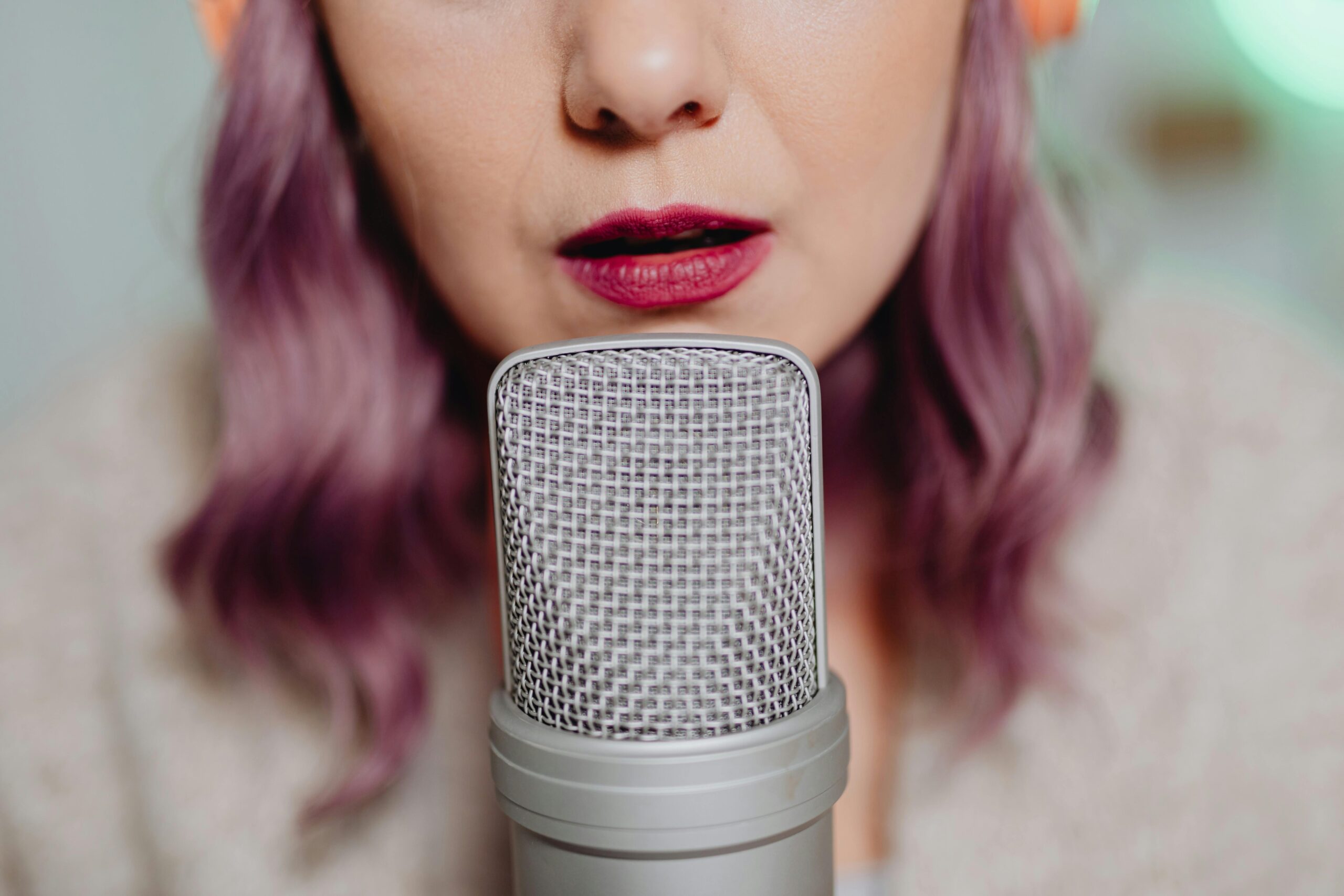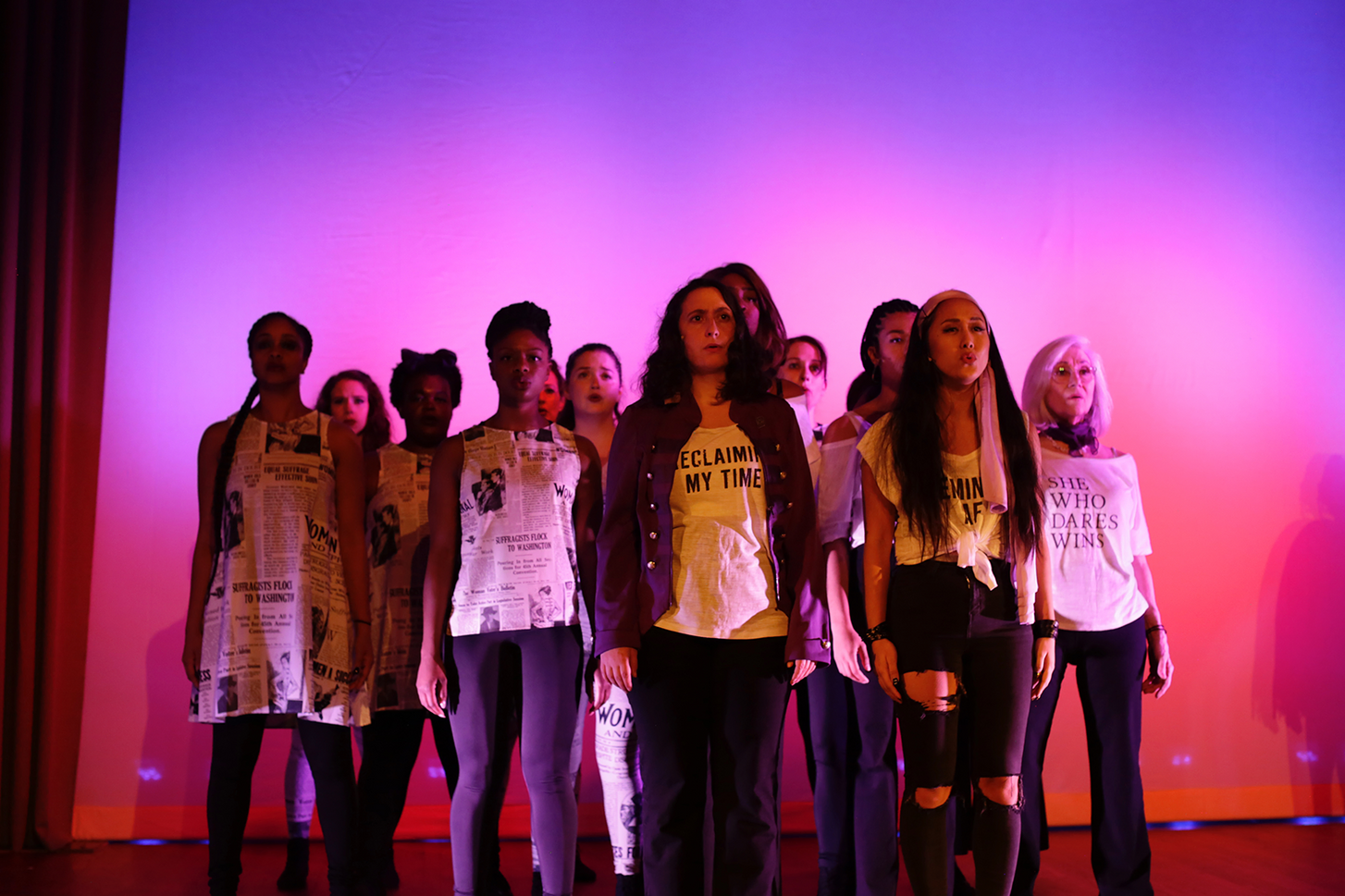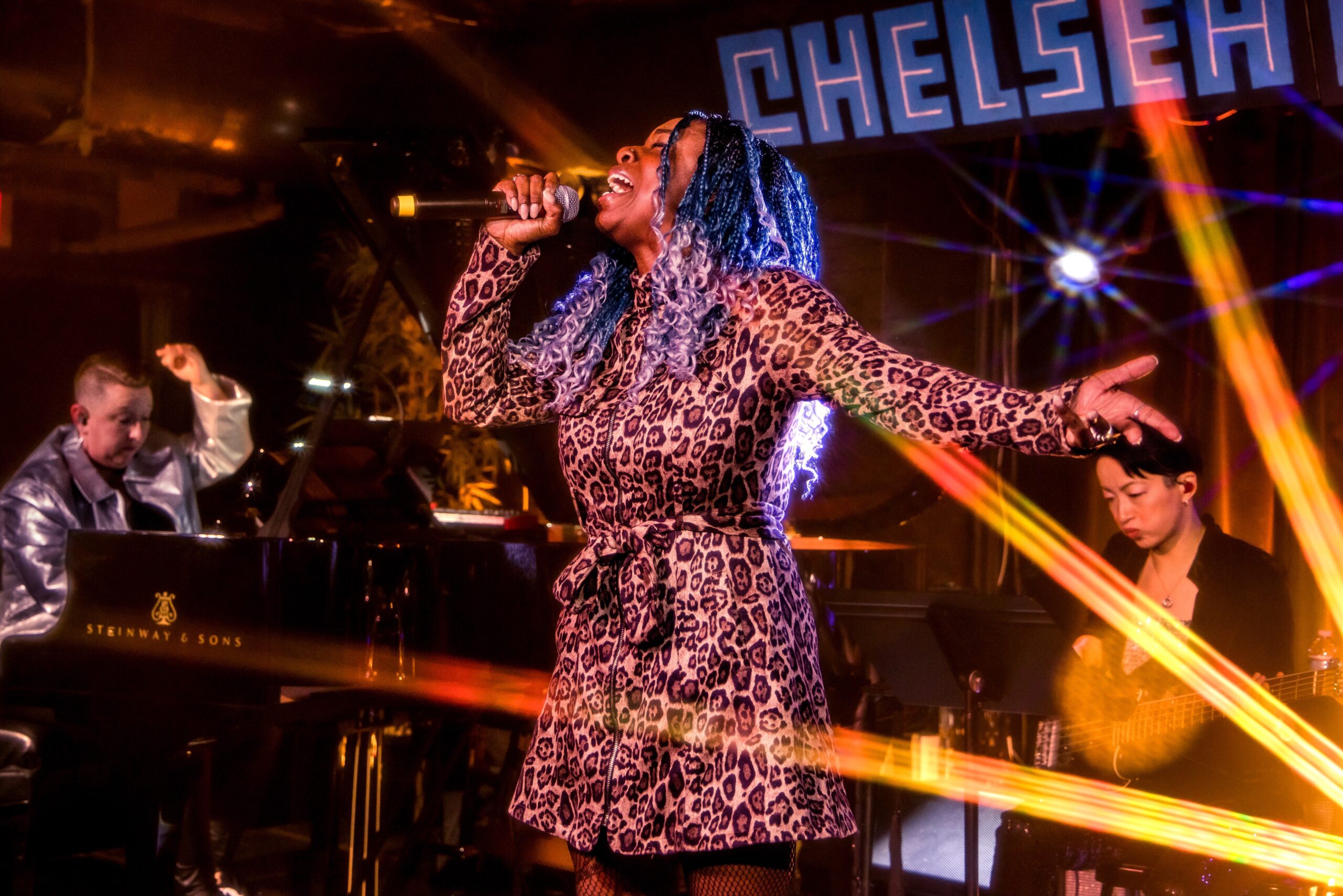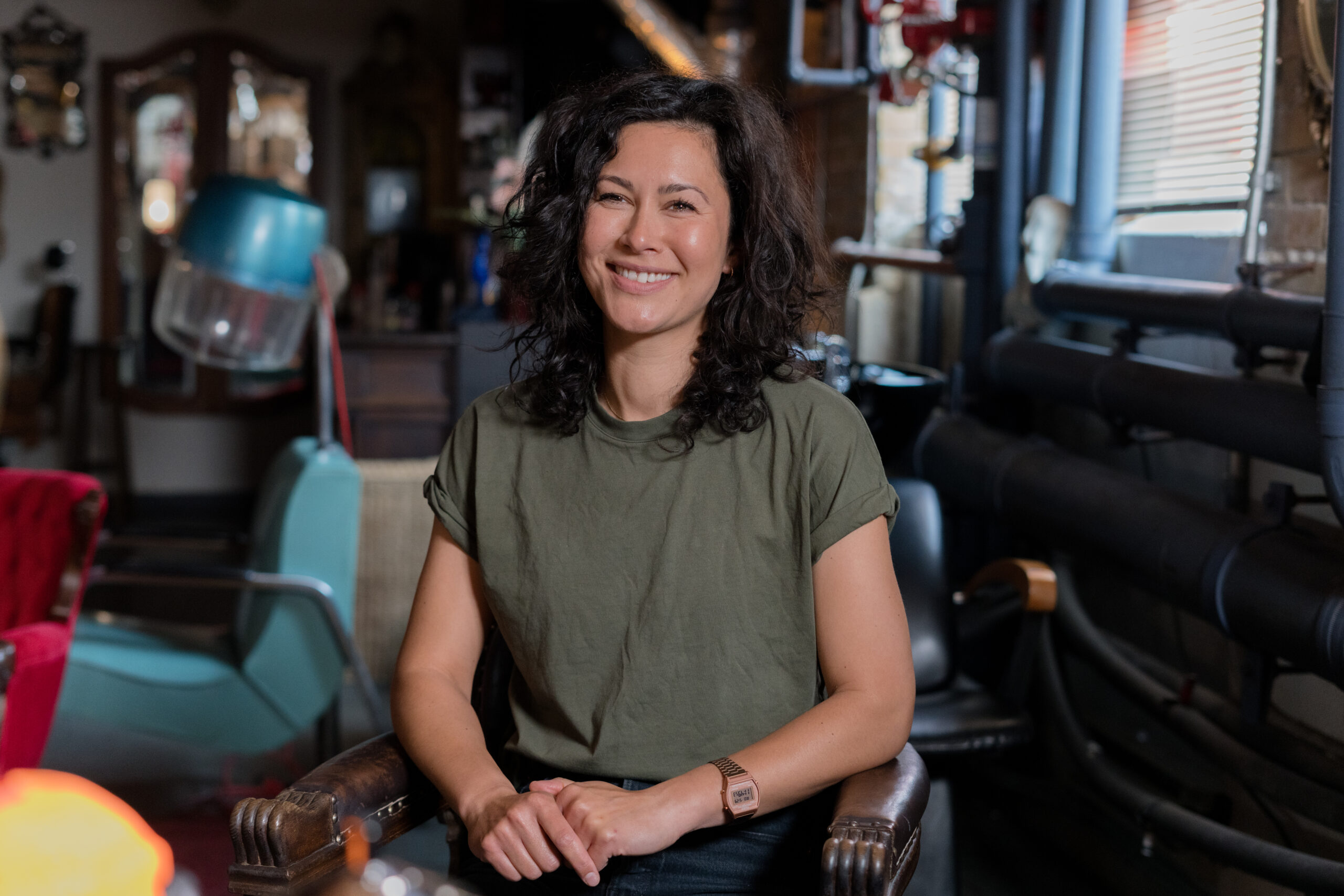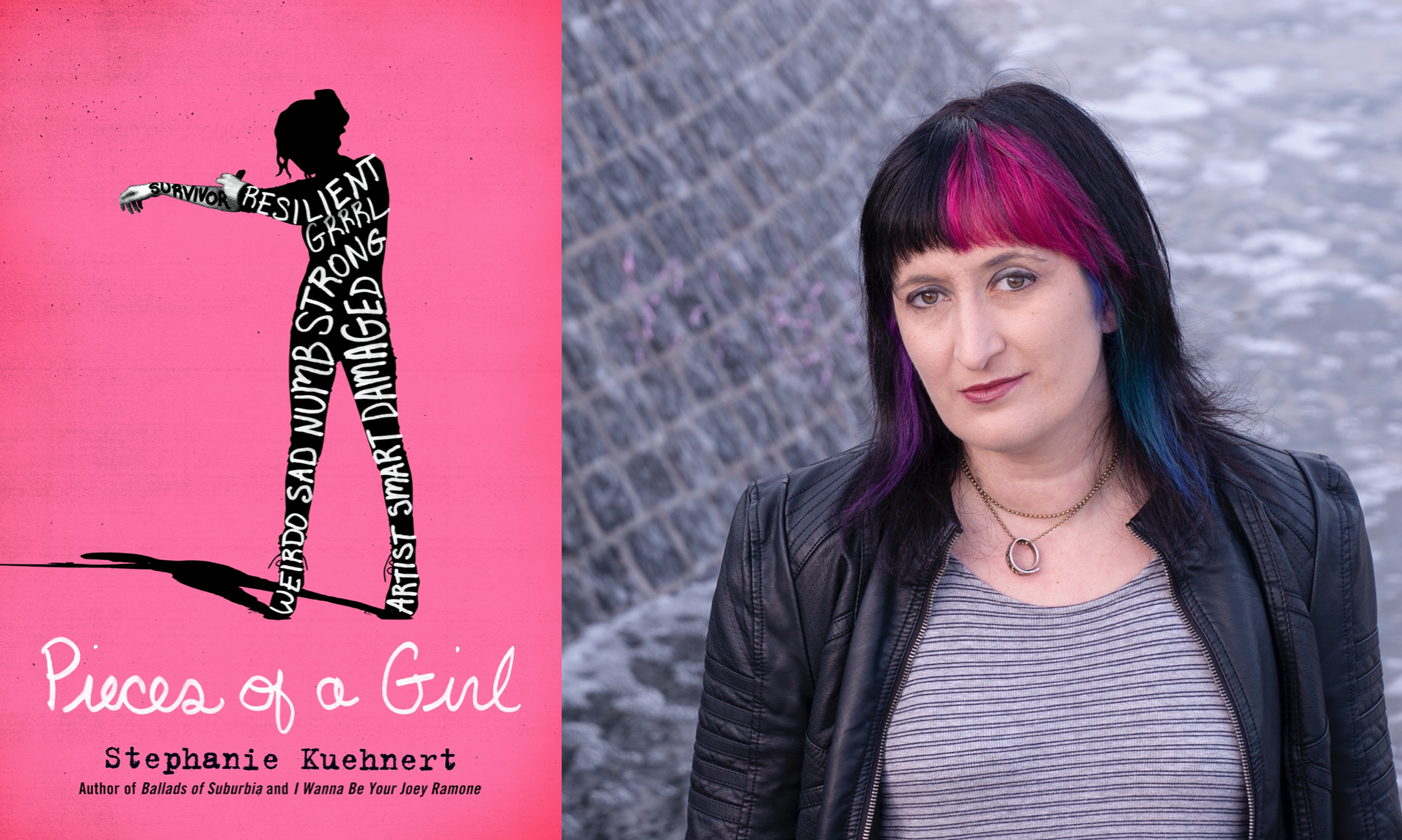
At first glance, the music world is a democratic arena: men and women tend to enjoy the same levels of success. After all, the likes of Beyoncé, Taylor Swift and Adele just have to hint at the prospect of a new album on the horizon for the whole world to go into a frenzy.
This, however, is far from representative of the music industry as a whole. According to stats by Women in Music, the gender divide across all regions is roughly 70% male to 30% female, and only 22% of artists on a list of the 600 most popular songs from 2012 to 2017 were female. What’s more, of 899 individuals nominated for a Grammy Award between 2013 and 2018, 90.7% were male.
The good news is that more is being done to improve inclusivity. After backlash in previous years for the lack of diversity among nominees and winners, Grammys organizers announced a big change in the way the awards are going to be dished out from now on. The newly updated Nomination Review Committee is 51% female, with 48% of its members people of color (up from 28% and 37% in 2017 respectively) – something that should have a positive impact on diversification of the awards going forward.
In fact, 15 female artists have been nominated for the “big four” at the 2019 Grammy Awards (best record, album, song and artist of the year), up from just six last year – and they actually outnumber male nominees.
Not only are female musicians less likely to receive awards show exposure, but there’s a sense of irony at work. A recent campaign, which looked into how sampling has been used in music through time, unveiled that women are far more likely to produce their own original music than male artists – who more commonly use samples from old songs. The sampling trend reached an all-time high in the 1990s and has maintained its place in modern music ever since.
Looping back to the Grammys, if you take the top three most regularly nominated male and female artists, there is a whopping 597% percentage difference between the number of samples used by both genders. Kendrick Lamar, Drake and Childish Gambino have used 817 samples over their careers – 700 more than the 117 samples used by Taylor Swift, Beyoncé and Adele.
How about a closer inspection of pop’s ultimate power couple, The Carters? Does Jay need more musical inspiration than Bey? Throughout Beyoncé’s career, she has been nominated four times across major categories and has used 109 samples. Jay Z has also been honored with four nominations across major categories, however, he’s used 696 samples – 598% more than Bey. She also just happens to be the world’s highest paid musician – covering male and female artists – which is a great feat for a woman in the music industry.

Delving further into the art of sampling – not only do male musicians use more samples in their music, but they are also more likely to be sampled. 70s crooner James Brown holds the honor of being the most sampled artist of all time – over 7,000 times, FYI. Others on the list include The Winstons and Public Enemy. Lyn Collins is the only female in the top 10.
Does this theme suggest that men and women take a different approach towards making music? The unbalanced split of male and female artists in the charts implies that perhaps women do have to work that bit harder for success in the industry and ergo, are under more pressure to create original music. On the other hand, it could simply be indicative that men are more interested in the mechanisms that power music and experimenting with a blend of retro and modern sounds.
All this being said, more and more women are adopting the art of sampling in their music. Successfully, Taylor Swift threw it back to the 90s with her track ‘Look What You Made Me Do’ by sampling Right Said Fred’s ‘I’m Too Sexy’; Camila Cabello did the same with ‘Crying in the Club’, sampling Christina Aguilera’s ‘Genie in a Bottle’. Hopefully, following the lead of Grammys inclusivity, the gender gap in music can be reduced until it is a thing of the past. With more publicity surrounding the current double standards and unbalanced opportunities in music, and campaigns to correct these issues, we’re surely on track to banish the “boys’ club” that dominates the industry.












